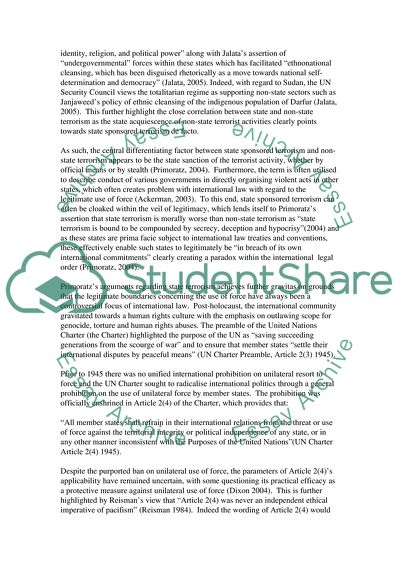Cite this document
(“The Similarities, Differences and Connections between State and Term Paper”, n.d.)
The Similarities, Differences and Connections between State and Term Paper. Retrieved from https://studentshare.org/politics/1719781-what-are-the-similarities-differences-and-connections-between-state-terrorism-and-non-state-terrorism
The Similarities, Differences and Connections between State and Term Paper. Retrieved from https://studentshare.org/politics/1719781-what-are-the-similarities-differences-and-connections-between-state-terrorism-and-non-state-terrorism
(The Similarities, Differences and Connections Between State and Term Paper)
The Similarities, Differences and Connections Between State and Term Paper. https://studentshare.org/politics/1719781-what-are-the-similarities-differences-and-connections-between-state-terrorism-and-non-state-terrorism.
The Similarities, Differences and Connections Between State and Term Paper. https://studentshare.org/politics/1719781-what-are-the-similarities-differences-and-connections-between-state-terrorism-and-non-state-terrorism.
“The Similarities, Differences and Connections Between State and Term Paper”, n.d. https://studentshare.org/politics/1719781-what-are-the-similarities-differences-and-connections-between-state-terrorism-and-non-state-terrorism.


